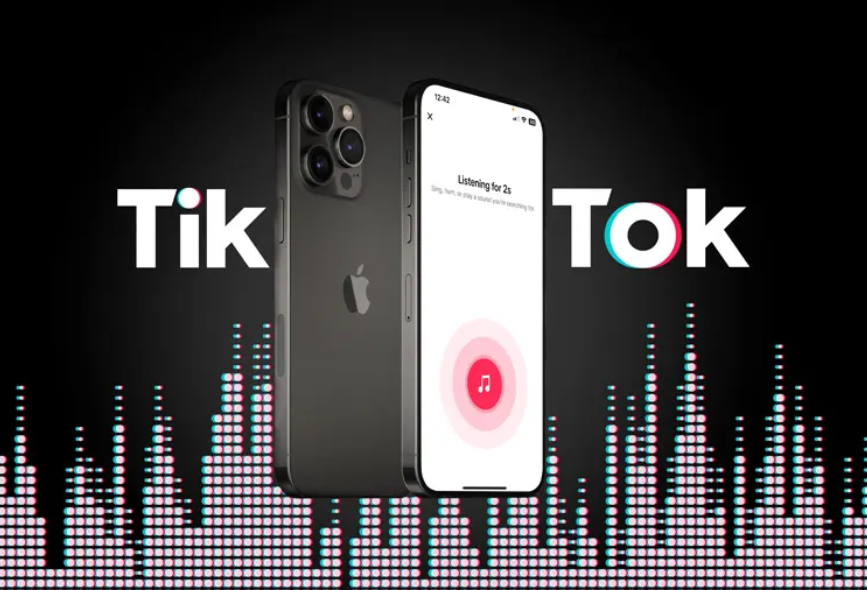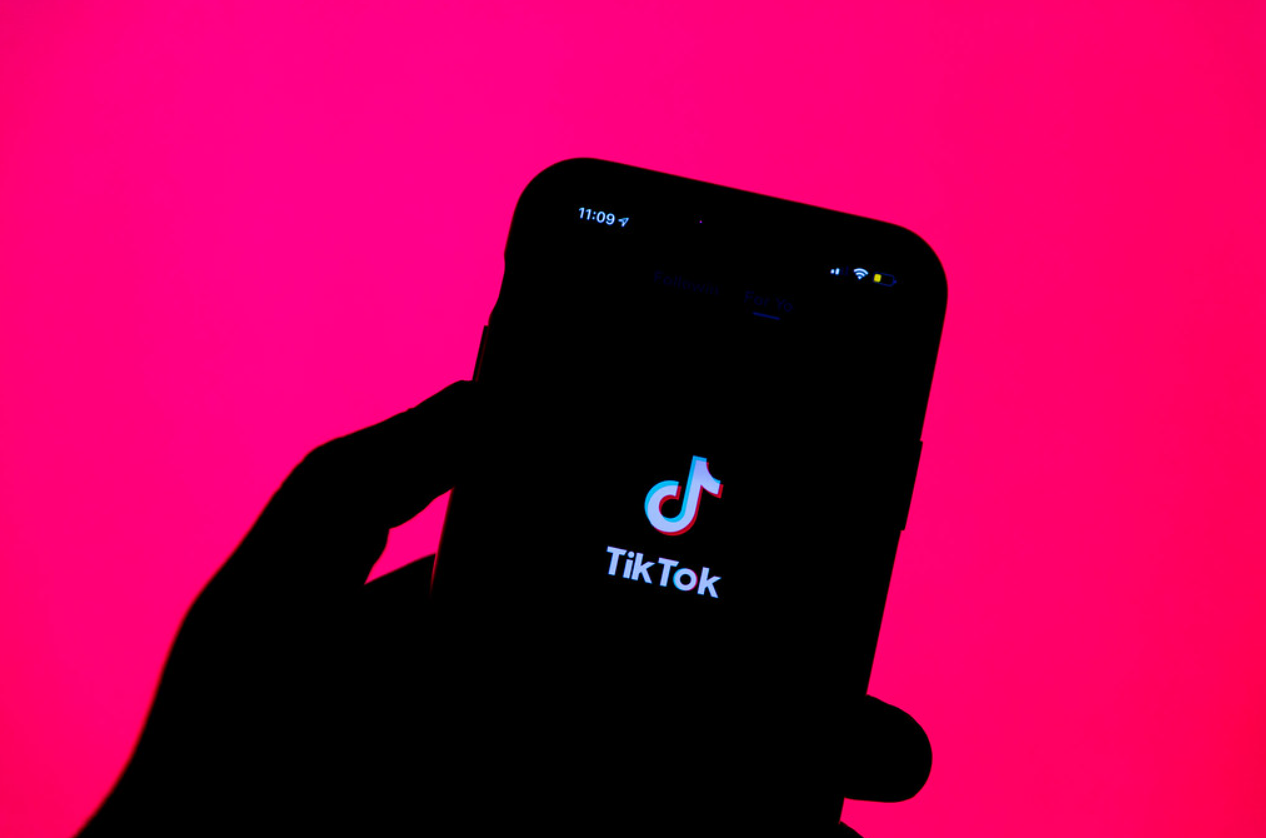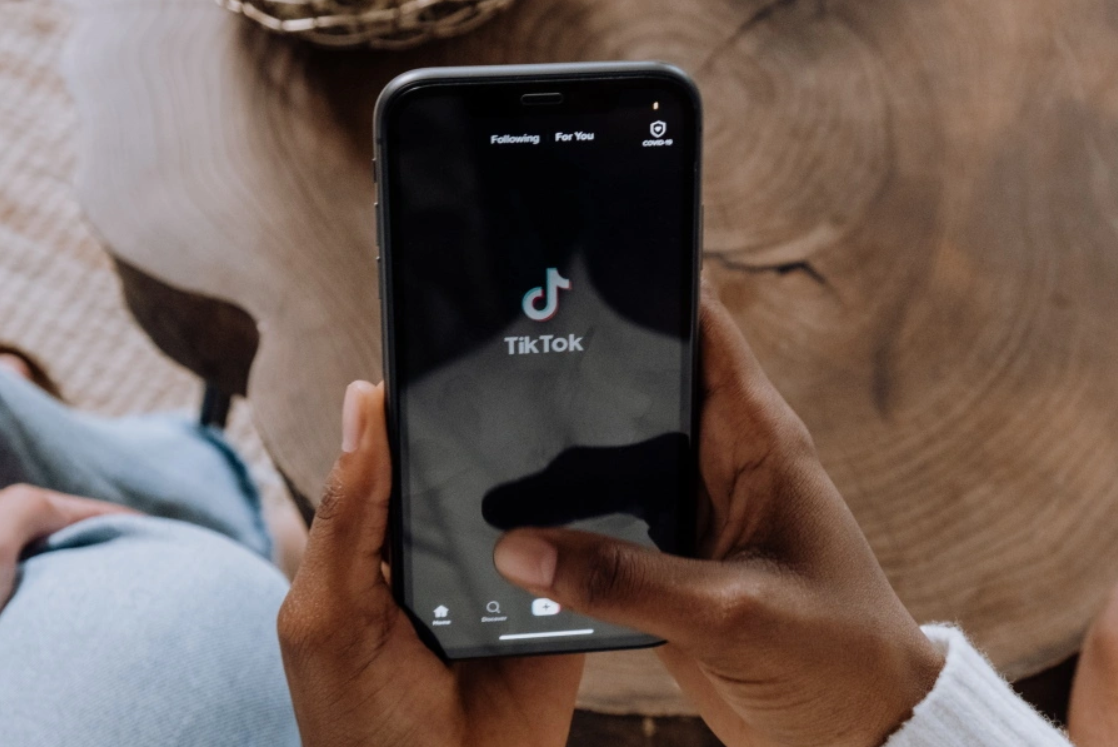TikTok, a popular social media platform, has recently introduced a new feature that enables users to identify songs just by singing or humming. This innovative feature, designed to foster user engagement and enhance the overall user experience, leverages advanced technology to detect the melody of a song, even if the user is unable to recall its lyrics.
Users can simply sing or hum a few bars, and TikTok’s algorithm will recognize the tune and return a list of potential song matches. This interactive tool is expected to greatly benefit music lovers, allowing them to discover and share a wider array of music on the platform. It is also anticipated to aid musicians and artists in gaining more exposure, as users can easily identify and share their music. This feature is a testament to TikTok’s commitment to staying at the forefront of technological advancements, consistently incorporating innovative tools that cater to the evolving needs of its wide user base.

How the New Song Recognition Feature Works
The new song recognition feature works using a complex algorithm that identifies unique elements within a song to match it with a vast database of musical compositions. When you hear a song that you want to identify, you simply activate the feature, usually by pressing a button within an app on your smartphone. The app then records a short snippet of the song, typically around 10-20 seconds. This sample is then analyzed, broken down into its basic components such as melody, rhythm, chord progression, and instrumentation. This process creates a digital fingerprint of the song, which is a unique identifier that can be used to match it to a song in the app’s database.
The app’s algorithm compares this digital fingerprint to thousands, sometimes millions, of songs in its database. It searches for matches based on the song’s unique elements. Once a match is found, the app displays the song title, artist, and often other information such as album name and release year. Some apps may even provide links to purchase or stream the song. The entire process, from recording the song snippet to displaying the matched song information, typically takes just a few seconds, making it an incredibly quick and efficient way to identify music.
This technology not only helps music fans identify songs they like but also helps artists gain exposure and recognition. It’s important to note that the accuracy of song recognition can vary based on the quality of the recording and the comprehensiveness of the app’s song database. However, with constant updates and improvements, the new song recognition feature continues to evolve, becoming more accurate and comprehensive, thereby revolutionizing the way we interact with music.
Step-by-Step Guide: Using TikTok’s Song Identification Tool
TikTok’s song identification tool is a fascinating feature that allows users to identify the music or sound track playing in any video clip. This guide will explain how to use this tool. First, you need to open the TikTok application on your device and browse to the video containing the song you wish to identify. On the right side of the screen, you’ll see a spinning disc icon with music notes, which represents the song that is playing. Click on this icon.
This will bring you to a new page with details about the song, including the name and the artist. Sometimes, you’ll also find lyrics and a list of other TikTok videos that use the same sound. If you wish to use the song in your own video, click on the “Use this sound” button at the bottom of the screen. You can also add the song to your favorites by clicking on the “Add to Favorites” button. If you wish to listen to the full song, TikTok provides a direct link to the song on popular music streaming platforms like Spotify and Apple Music. This comprehensive song identification tool enhances the user experience by making it easy to discover and interact with new music on TikTok.

The Technology Behind Song Recognition by Voice
Song recognition technology has significantly evolved over the years, transforming the way we access and discover music. This technology is primarily driven by machine learning, a subset of artificial intelligence (AI), and utilizes the concept of audio fingerprinting to identify songs. When a user hums, sings, or plays a snippet of a song to a song recognition application, the application creates an acoustic fingerprint of the audio. This fingerprint is a unique identifier that is based on various acoustic features of the song such as pitch, tempo, melody, and rhythm.
Once the acoustic fingerprint is created, the application scans its database of millions of songs to find a match. The database, often maintained by the application provider, contains pre-computed fingerprints of known songs. The application compares the input’s fingerprint to those in the database using complex algorithms. The closest match, if found, is then returned to the user as the identified song.
This process employs advanced signal processing techniques to ensure accuracy even in noisy environments. The application is designed to filter out background noise and isolate the song’s key components. Even when the audio input is imperfect, such as a user humming a tune off-key, the application can still recognize the song based on the unique combination of its acoustic features.
Moreover, the technology is continually learning and improving its accuracy through deep learning models. These models are trained on vast amounts of data and are capable of learning patterns and correlations that human analysts might miss. For example, they can learn subtle variations in how different people sing the same song, enabling the application to recognize the song correctly even when sung in various styles or keys.
In conclusion, song recognition technology is an innovative application of machine learning and signal processing that has made music more accessible and enjoyable. Its ability to identify songs from snippets, humming, or singing is not just impressive but also indicative of the immense potential of AI in transforming our interaction with music.
User Reactions: What People Are Saying About the New Feature
User feedback on the newly introduced feature has been predominantly positive, with a multitude of users expressing their satisfaction and delight. Many have taken to social media platforms to share their experiences, lauding the feature for its innovative nature and ease of use. Users have particularly appreciated its efficiency, highlighting how it has streamlined their tasks and improved their overall experience. The feature’s intuitiveness has also been a hit, with individuals commending its user-friendly interface that has made navigation a breeze even for those who aren’t tech-savvy.
However, there has been a small fraction of users who expressed their dissatisfaction. They have raised concerns over certain aspects they found challenging or not up to their expectations. A common issue pointed out was the learning curve associated with the new feature, with some finding it moderately complicated to get the hang of initially. Several users have also cited occasional glitches which they hope will be rectified in future updates.
Despite this, the general consensus among users appears to be of appreciation. They are optimistic about the way forward and excited to see how the feature continues to evolve. Industry experts, too, have echoed similar sentiments, acknowledging the potential of the new feature to revolutionize user experiences. They have praised the developers for their forward-thinking approach and for staying in tune with the ever-evolving needs of their users.
In conclusion, the user reactions to the new feature have been broadly encouraging. While there are areas that could be improved or tweaked based on user feedback, the overall response suggests that the new feature is a welcome addition and has significantly enhanced user experiences. It’s a testament to the developers’ commitment to continual innovation and user satisfaction.

Future Updates: What’s Next for TikTok’s Music Capabilities
As one of the most trending social media platforms, TikTok’s future updates are eagerly anticipated, notably with regards to its music capabilities. The platform’s unique relationship with the music industry has made it an influential player in defining popular tracks and emerging artists. Looking ahead, TikTok plans to expand its music capabilities, further enhancing user experience and engagement on the platform.
One major focus is on improving music discovery features. TikTok aims to make it easier for users to explore new music and find tracks that align with their preferences. This would involve refining algorithms that suggest music based on user behavior and preferences, and potentially developing new features that enable users to discover music in a more interactive and engaging way.
In addition, TikTok is looking to strengthen its ties with the music industry. This could involve more partnerships with record labels and artists, potentially leading to exclusive releases on TikTok or collaborations that allow users to engage with their favorite artists in novel ways. Such initiatives could boost TikTok’s status as a platform for music discovery and promotion, and provide more opportunities for artists to connect with fans.
Furthermore, TikTok is also likely to enhance its music editing tools. These tools, which allow users to add music to their videos and edit tracks to fit their content, are a key aspect of TikTok’s appeal. By improving these tools, TikTok could make it easier for users to create engaging, music-centric content, further boosting user activity and engagement on the platform.
As TikTok continues to evolve, it’s clear that music will remain a key aspect of its appeal. By expanding its music capabilities, TikTok can continue to provide a unique and engaging platform for music discovery and content creation, benefitting users, artists, and the music industry as a whole.
